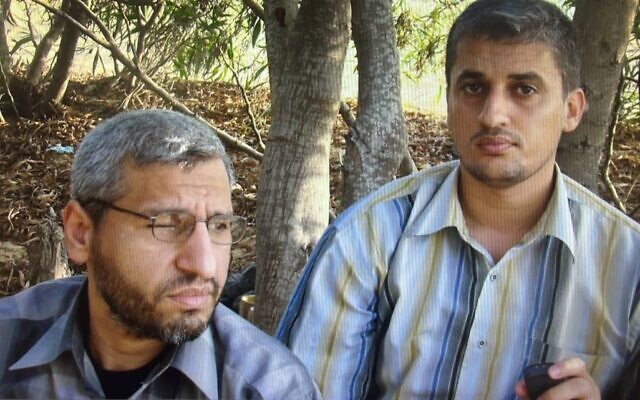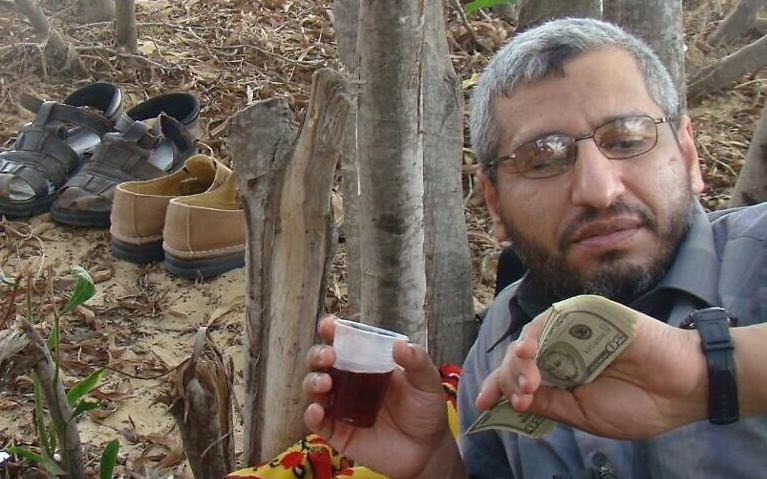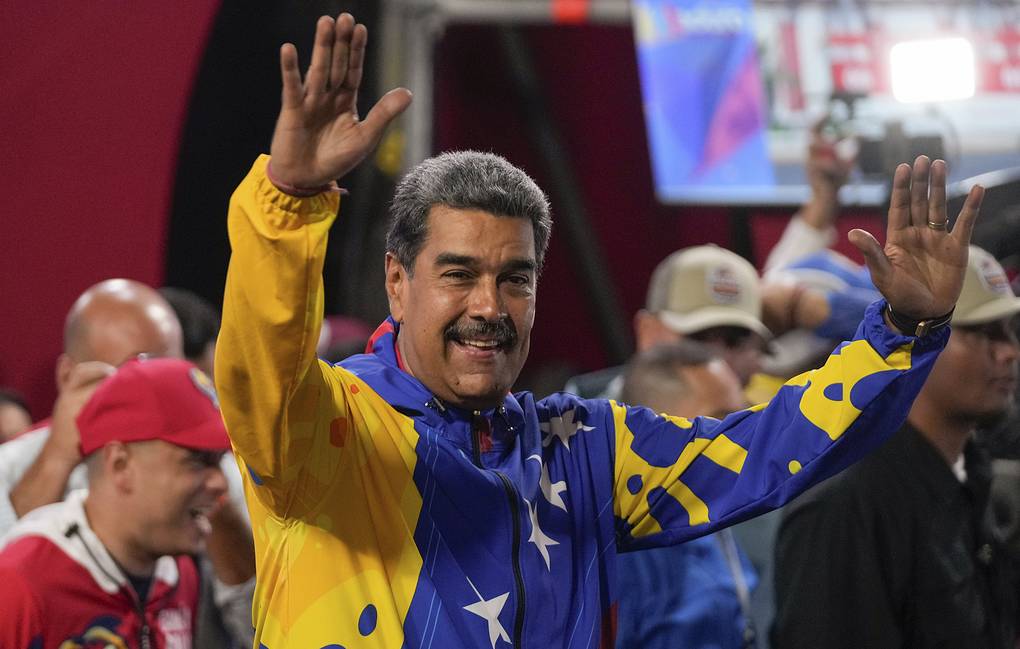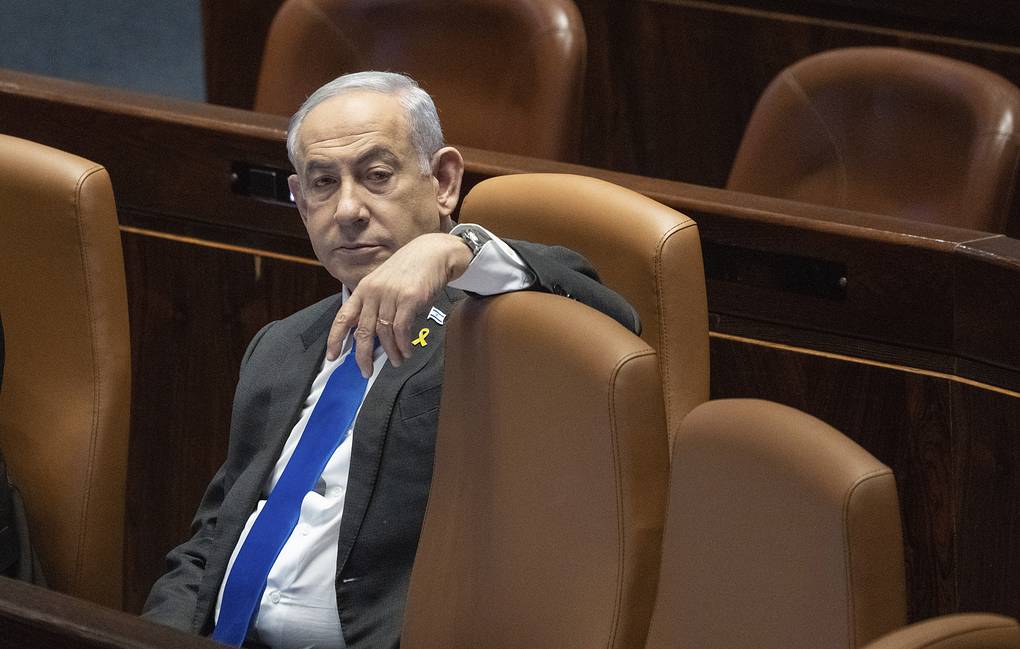Deif was targeted in a strike at a compound belonging to Rafa’a Salameh, the commander of Hamas’s Khan Younis Brigade, between the al-Mawasi area and Khan Younis, on July 13.
A day later, Salameh’s death was confirmed by the military, but the IDF said it did not have final information regarding the status of Deif. Over the ensuing weeks, the military said it had received “increasing signs” that Deif was killed, but could not fully confirm his death.

The IDF believed that its intelligence indicating Deif had arrived at the compound belonging to Salameh was highly accurate, and that the pair were together in the building that was targeted with several heavy munitions.
According to IDF assessments described to The Times of Israel, military pressure exerted on Hamas caused Deif to venture out from the underground tunnels where he was thought to have been hiding, and join Salameh, who had been at the aboveground compound for several weeks.
Israeli fighter jets patrolled the compound for half a day before the strike was carried out, after the IDF had early indications that Deif had joined Samaleh. At any given moment, two jets were in the air above the site.
Once the intelligence that Deif had arrived at the compound was confirmed by the military, the jets were given the order and the strike was carried out within a few minutes.
The military has also assessed that a low number of civilians were harmed in the attack, despite its proximity to tent camps for displaced Palestinians in the Israeli-designated humanitarian zone.
Hamas claimed that over 90 people were killed in the strike.
With Thursday’s announcement, the IDF released footage of the strike.
The strike on July 13 was Israel’s eighth attempt to eliminate the shadowy terror leader, who survived multiple attempts on his life between 2001 and 2021. He was seriously injured in two of them.
In addition to his involvement in the October 7 onslaught, Deif had been high on Israel’s most-wanted list since 1995 for his involvement in the planning and execution of a large number of terror attacks, including many bus bombings in the 1990s and early 2000s.
Deif was the most senior Hamas official in the Gaza Strip to be killed by Israel amid the ongoing war. His deputy, Marwan Issa, was killed in an airstrike in March.
Hamas’s political leader Ismail Haniyeh was assassinated, allegedly by Israel, in a missile strike in Tehran on Wednesday morning, and the terror group’s deputy political leader, Salah al-Arouri, was killed by Israel in an airstrike in Lebanon’s capital Beirut in January.
Just over half of Hamas’s military wing leadership in Gaza has been confirmed killed by the IDF so far amid the fighting. Those who remain include the commanders of the Rafah and Gaza City brigades, and the heads of the terror group’s intelligence, operations, manufacturing, and combat enforcement divisions.
Defense Minister Yoav Gallant said that the confirmation of Deif’s killing was a “big step” toward eradicating the terror group.
“The killing of the master murderer Muhammad Deif, the ‘Bin Laden of Gaza,’ on July 13, 2024, is a big step on the way to eradicating Hamas as a military and governmental organization, and to achieving the goals of the war we set,” said Gallant on X, along with a photo showing him crossing Deif off with a black marker on a wall chart depicting the structure of the terror group.
“The high-quality and precise operation that was carried out was made possible by the best cooperation between the IDF and the Shin Bet, and those who head them,” he said. “The results of the operation make it clear that Hamas is an organization in disintegration, and that the terrorists must choose between surrender and death.
“The security establishment will pursue the Hamas terrorists – from the planners of the [October 7] massacre to the perpetrators — and will not rest until the mission is completed,” Gallant added. -timesofisrael



